Orbit
An orbit is the path that an object takes as it moves around another object in space. This could be a planet orbiting a star, a moon orbiting a planet, or a satellite orbiting the Earth. The motion of an object in orbit is governed by the gravitational pull of the larger object it is orbiting.
Types of Orbits
There are several different types of orbits, including:
- Circular Orbit: An orbit in the shape of a circle.
- Elliptical Orbit: An orbit in the shape of an ellipse, with the object moving closer and farther from the larger object at different points in its orbit.
- Polar Orbit: An orbit that passes over the Earth's polar regions.
- Geostationary Orbit: An orbit in which a satellite orbits the Earth at the same rate that the Earth is rotating, allowing it to appear stationary relative to the Earth's surface.
Factors Affecting Orbits
Several factors affect the path and characteristics of an orbit, including:
- Gravitational Pull: The strength of the gravitational pull between the two objects determines the shape and size of the orbit.
- Velocity: The speed at which the object is moving in its orbit affects the shape and size of the orbit.
- Mass of Objects: The mass of the objects involved in the orbit also plays a role in determining the characteristics of the orbit.
Study Guide
Here are some key points to remember when studying orbits:
- Define what an orbit is and explain how it is formed.
- Identify and describe the different types of orbits, including circular, elliptical, polar, and geostationary orbits.
- Understand the factors that affect orbits, such as gravitational pull, velocity, and mass of objects.
- Be able to explain how orbits are important in the context of space exploration, satellite communication, and understanding the motion of celestial bodies.
Understanding orbits is essential for comprehending the motion of objects in space and the dynamics of the solar system. It also has practical applications in fields such as astronomy, aerospace engineering, and telecommunications.
.◂Science Worksheets and Study Guides Fourth Grade. Introduction to animals
Study Guide Introduction to animals
Introduction to animals  Worksheet/Answer key
Worksheet/Answer key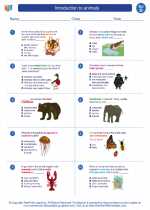 Introduction to animals
Introduction to animals  Worksheet/Answer key
Worksheet/Answer key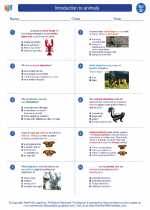 Introduction to animals
Introduction to animals  Worksheet/Answer key
Worksheet/Answer key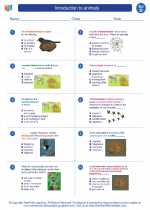 Introduction to animals
Introduction to animals  Vocabulary/Answer key
Vocabulary/Answer key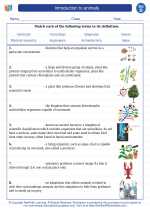 Introduction to animals
Introduction to animals  Vocabulary/Answer key
Vocabulary/Answer key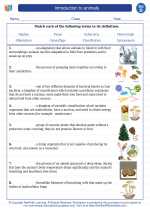 Introduction to animals
Introduction to animals  Vocabulary/Answer key
Vocabulary/Answer key Introduction to animals
Introduction to animals  Vocabulary/Answer key
Vocabulary/Answer key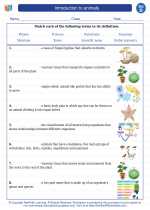 Introduction to animals
Introduction to animals 

 Worksheet/Answer key
Worksheet/Answer key
 Worksheet/Answer key
Worksheet/Answer key
 Worksheet/Answer key
Worksheet/Answer key
 Vocabulary/Answer key
Vocabulary/Answer key
 Vocabulary/Answer key
Vocabulary/Answer key
 Vocabulary/Answer key
Vocabulary/Answer key
 Vocabulary/Answer key
Vocabulary/Answer key

The resources above cover the following skills:
Concepts of Life Science (SC1, SC2, SC3)
The student demonstrates an understanding of how science explains changes in life forms over time, including genetics, heredity, the process of natural selection and biological evolution by showing the relationship between physical characteristics of Alaskan organisms and the environment in which they live.